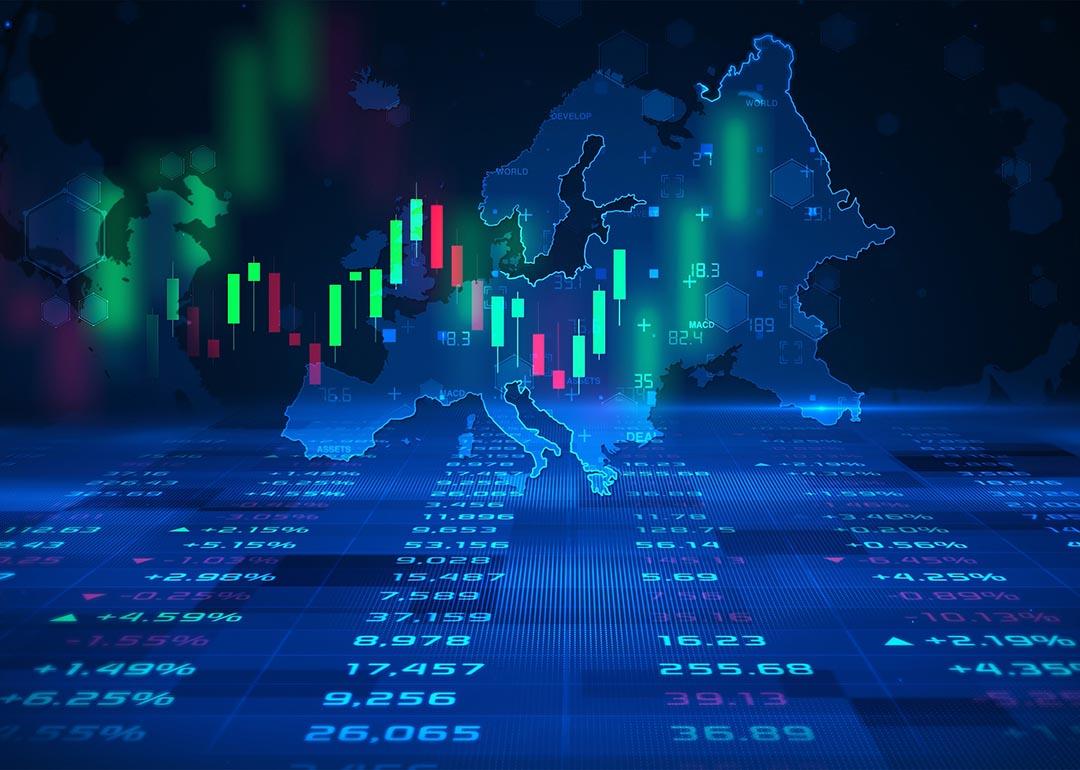
Regulatory shifts push European traders from CFDs to futures following the US
This story was produced by Benzinga and reviewed and distributed by Stacker Media.
Regulatory shifts push European traders from CFDs to futures following the US
In response to regulatory changes, European traders and brokers are increasingly favoring futures and options over contracts for differences, as revealed in a recent Acuiti survey.
A report by Finance Magnates on Tuesday disclosed that over half of European retail brokers are contemplating the introduction of futures and options as alternatives to retail over-the-counter instruments like CFDs. This transition is linked to the recent emergence of futures prop trading platforms Benzinga explains.
Regulatory constraints on CFDs have been intensifying across Europe, prompting traders to explore other instruments. The European Securities and Markets Authority enforced stringent restrictions on the industry in August 2018, capping the leverage offered to retail clients.
Despite these regulatory changes, "those who have preferred to trade CFDs have continued to trade CFDs," stated Mahesh Sethuraman, Saxo's Asia Pacific Head of Trading and Investing. He noted that there's no evidence of Saxo clients abandoning CFD trading for futures.
Nevertheless, futures trading is becoming popular among stock brokers, particularly in the U.S. where CFDs are prohibited. Prop trading firms offer a simulated environment for U.S. traders to familiarize themselves with CFDs instruments. These firms have recently encountered obstacles as MetaQuotes, the creator of MetaTrader, reportedly clamped down on the industry.
Consequently, prop trading firms are transitioning to MetaTrader alternatives, contributing to the rise of futures trading platforms. Unlike other OTC instruments, futures trading, being highly centralized, provides a distinct model.
While futures trading offers numerous benefits over FX and CFDs, it also poses challenges for traders, brokers, and prop trading firms. Anya Aratovskaya, an FX Consultant, pointed out that futures trading is more complex compared to FX and prop firms typically incorporate level 1 data in the price, with traders often required to pay for level 2 data.
The shift from CFDs to futures and options is significant, as it reflects the impact of regulatory changes on trading behaviors. This transition also underscores the adaptability of traders and brokers in response to industry changes. The rise of futures trading platforms could potentially reshape the trading landscape, offering new opportunities and challenges for all market participants.
For traders looking to maximize their potential, choosing the best options trading platform is essential. Platforms vary in terms of fees, features, and ease of use, and selecting one that aligns with the trader's goals and strategy can significantly impact performance. The right platform can provide access to advanced tools, real-time data, and seamless integration with mobile devices, allowing traders to react quickly to market changes and capitalize on opportunities. As options trading becomes increasingly popular, especially among those transitioning from CFDs, evaluating the available platforms is a crucial step in taking full advantage of the benefits these instruments offer.



